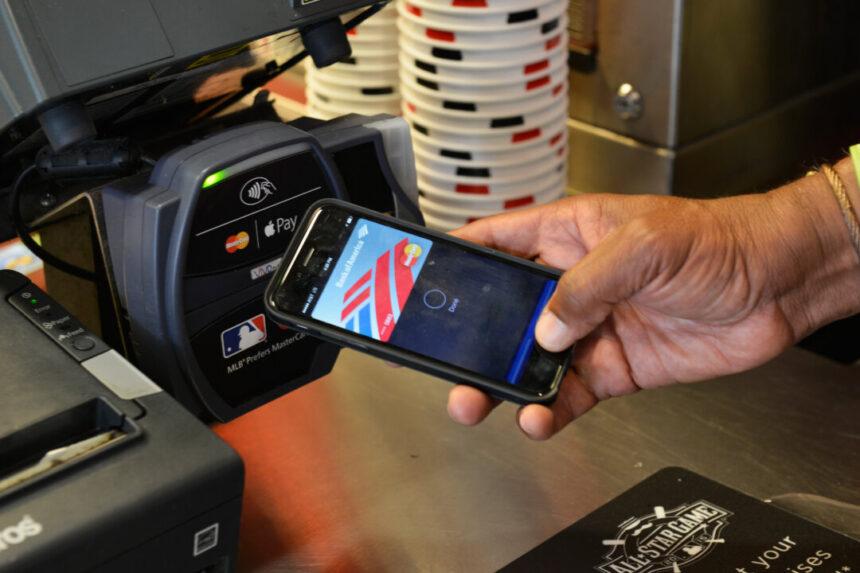The Australian Banking Association has reported a significant increase in the value of mobile wallet transactions from 2019 to 2023, soaring 18 times to $126 billion. This surge in mobile wallet transactions has surpassed cash as the preferred method of payment for Australians, reflecting a shift towards digital payments. The ABA’s recent report highlights the changing trends in banking habits among Australian consumers, with cash transactions decreasing and online interactions with banks on the rise.
The decline in cash usage has been observed across all income and age groups, as well as in both urban and rural areas. In particular, the 65+ age group has seen a 69 percent decrease in cash usage since 2007. Additionally, there has been a sharp decrease in cash transactions for small payments, with only about 20 percent of payments between $1 and $10 now being made in cash.
As more consumers turn to digital channels for banking, interactions with bank branches have decreased by 47 percent between 2019 and 2023. ABA CEO Anna Bligh notes that Australia is experiencing a “digital banking boom,” with 99.1 percent of interactions now occurring online or through apps. Despite the growth of digital banking, Bligh assures consumers that banks will continue to support cash transactions and face-to-face banking services.
While Australia still maintains a relatively high branch density compared to the OECD average, there have been concerns raised about the closure of bank branches by commercial banks. Data from the Australian Prudential Regulation Authority shows a significant number of branch closures and ATM shutdowns in recent years, prompting worries among consumers. The Banking Code Compliance Committee has publicly sanctioned Westpac Bank for breaches of the Banking Code of Practice related to branch closures, emphasizing the importance of adequate customer support during such transitions. Can you please rewrite this sentence?
Source link






